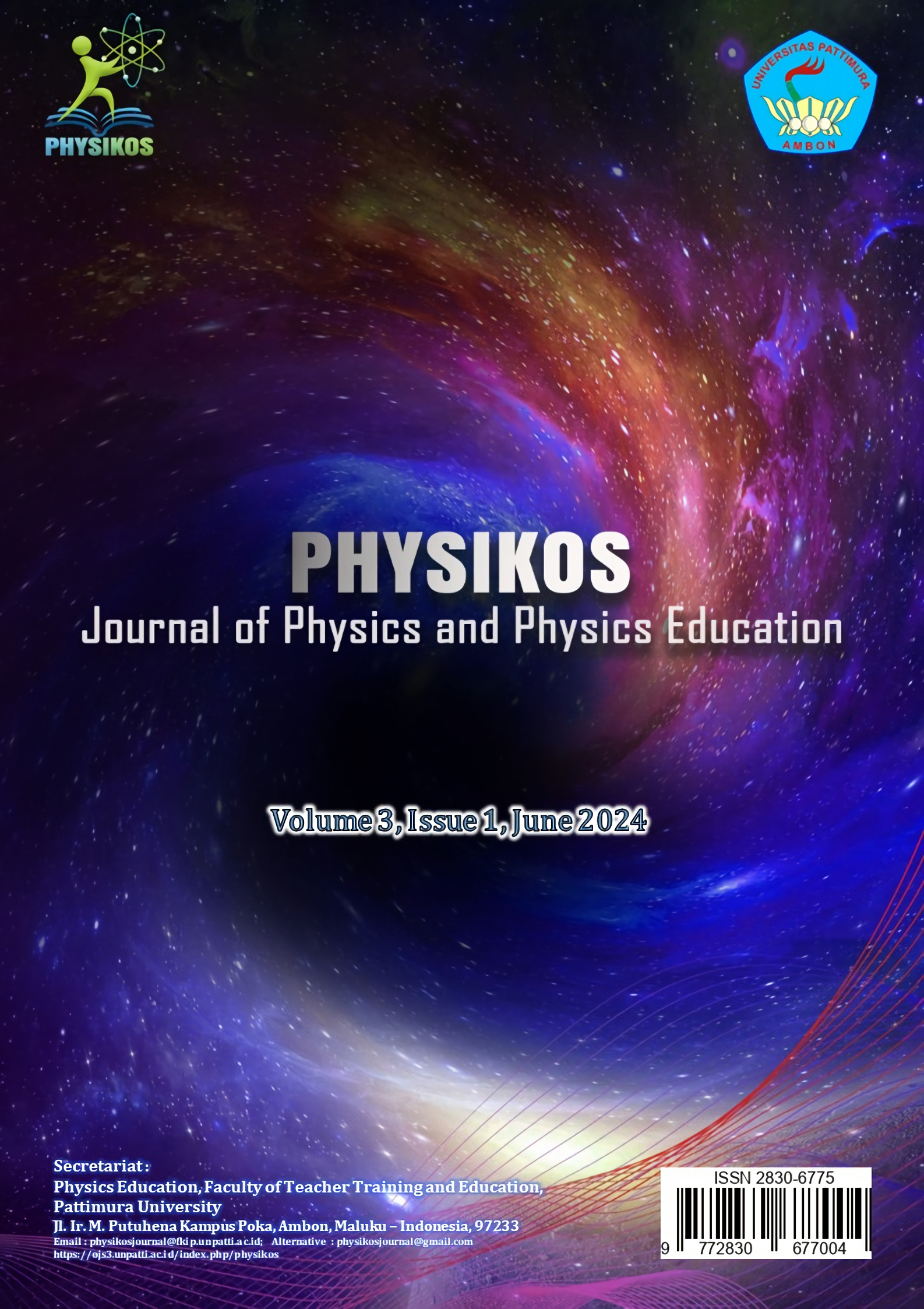Inovasi Pembelajaran IPA Melalui Model Problem-Solving Terintegrasi LKPD Kontekstual untuk Penguasaan Materi Getaran dan Gelombang
Abstract
This study aims to determine the effectiveness of the application of the problem-solving learning model integrated with context-based Learner Worksheet (LKPD) in improving the mastery of vibration and wave concepts in students of class VIII-2 SMP Negeri 7 Maluku Tengah. This study used a one-group pretest-posttest design involving 29 students as samples selected randomly (random sampling). The LKPD used was developed based on a contextual approach that links physical material with real phenomena in the surrounding environment, such as traditional musical instruments and ocean waves. The data collection instruments consisted of an initial test, a final test, and a student engagement observation sheet. The results showed a significant increase in concept mastery, marked by an increase in the average score from 35.33 in the initial test to 78.31 in the final test, with an N-gain value of 0.50 (medium category). In addition to cognitive improvement, students also showed a better ability to solve problems independently through the problem-solving stages. These findings indicate that the integration of the problem-solving model with context-based LKPD is an effective learning innovation to improve learning outcomes and active involvement of students in science learning.
Downloads
Copyright (c) 2024 Ester Iryanti Hehanussa, Heppy Sapulete, Juliana Nirahua, Abdul Haji Amahoru

This work is licensed under a Creative Commons Attribution 4.0 International License.





